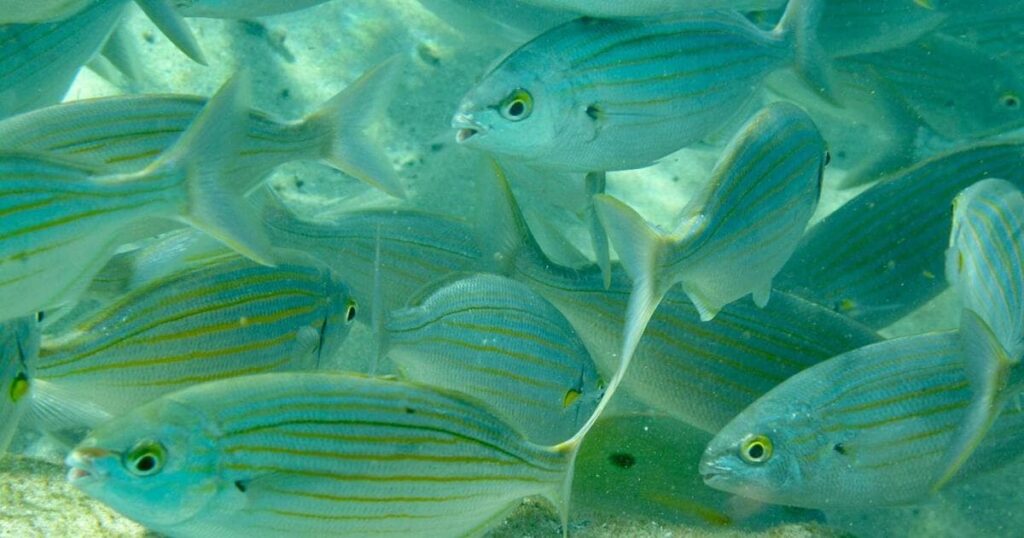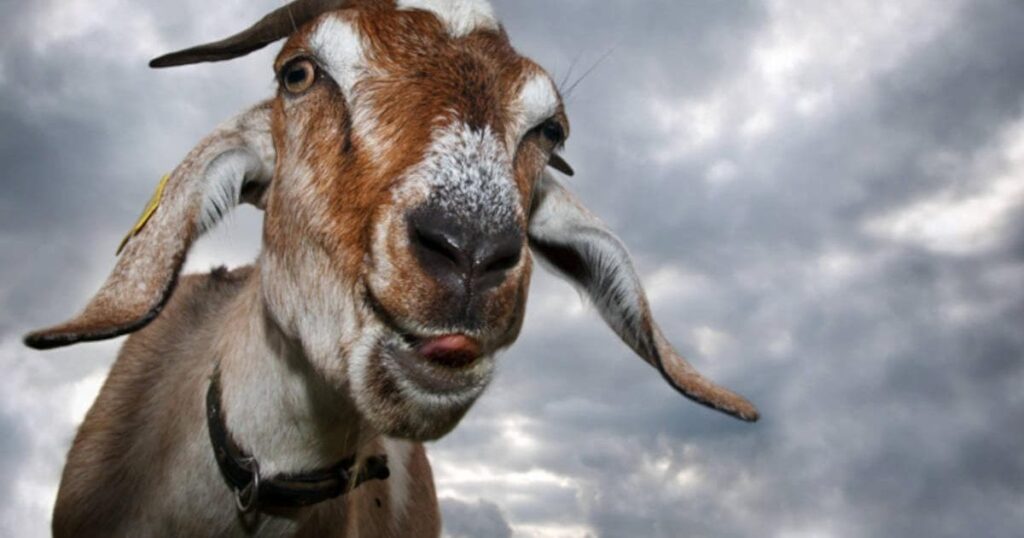Humans harbor countless fears – from the dark and heights to spiders and water. More recently, scientists have confirmed another condition that now affects an estimated 15% of the world’s population: trypophobia, the fear of holes.

Acknowledging a Pervasive Discomfort
First emerging in 2005, trypophobia was initially not recognized by the medical community as a legitimate condition. However, a significant number of individuals reported genuinely feeling fearful when confronted with images of holes. Many described experiencing goosebumps, heart palpitations, and even shortness of breath.
Through subsequent research, scientists have now identified a potential cause for why only some people experience this peculiar phobia: the brain becoming overloaded.
The Brain’s Overload Response

More specifically, according to Paul Hibbard, a psychology professor at the University of Essex (UK), images with clustered holes have a visual structure that can be described as highly unpleasant. This visual complexity causes the brain’s visual information processing areas to become inefficient.
To cope with this processing demand, the brain requests more oxygen. However, for some individuals, this excessive oxygen demand leads to an overloaded brain, and the body reacts with sensations like dizziness and nausea, compelling them to look away.
Scientists are currently continuing to research the precise mechanisms behind this syndrome. Initially, the reason was tentatively identified as an evolutionary response, where the sight of clustered holes elicits a similar feeling to seeing mold on food. This uncomfortable sensation when viewing such patterns may have allowed humans to avoid potentially toxic foods during our evolutionary past.
Trypophobia (scientific name: Trypophobia) is a phobia characterized by an aversion to the sight of small holes or clusters of holes, first proposed on an online forum in 2005. Those affected report goosebumps, feelings of disgust, obsession, fear, nausea, and dizziness when seeing images with many circular holes or groups of holes, such as honeycombs, lotus pods, holes drilled in tree trunks, hole tattoos on human bodies, fruits, bubbles, and more.

